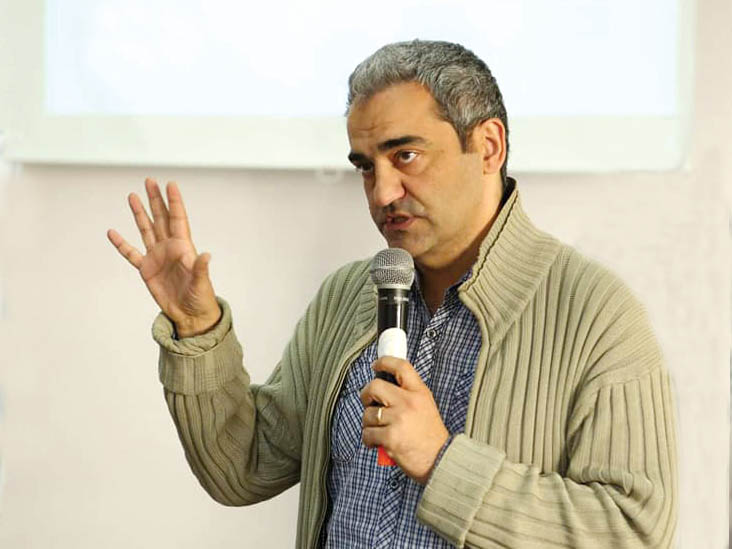
Sosse Baloian
Staff Writer
As a student taking Kazan Visiting Professor Suren Manukyan’s “Introduction to Genocide Studies” course, I was tasked with researching and presenting an aspect within the topic of Genocide. Each student in the course was asked to present on a topic related to the Genocide. Among those topics were “Genocide Denial,” “Methods of Extermination During the Genocide,” “Resistance During the Genocide,” and “Genocide Memorials and Museums.”
I chose to explore “gendercide” and specifically examined the case of Armenian tattooed women.
The term “gendercide” was first coined by Mary Anne Warren in her book, Gendercide: The Implications of Sex Selection, published in 1985. The definition of gendercide is the deliberate extermination of persons of a particular gender. Gendercide is a sex neutral term, in that the victims could be either male or female.
Genocide affects women differently than men. The first difference is that specific biological attributes of women have historically made them both vulnerable and valuable. The second difference is the assumptions of a patriarchal society that women are weak, dependent, and the sexual property of males, who may appropriate their bodies, labor, and reproductive power.
For my presentation I referenced an article published through the Armenian Genocide-Museum in Yerevan, Armenia, “Becoming Someone Else: Genocide and Kidnapped Armenian Women.”
During the Armenian Genocide, thousands of Armenian women were kidnapped from their families, usually during deportations or overnight stops. They were forcibly integrated into Muslim family life which caused some to forget how to speak in their native tongue and about their Armenian ethnicity overtime. In order to save their own lives and the lives of their loved ones, many Armenian women adopted Islam under duress. They were married off to Muslim men and in keeping with local customs, were marked with specific tattoos. These tattoos were used as amulets in the Middle East and Islamic countries with wearers believing that the mark instilled them with magical powers. The tattoos were often represented in the form of dots or a small “x” and were thought to provide protection, strength, or fertility. These tattoos marked a new belonging and a change in one’s live for Armenian women.
By the end of World War I, many Armenian organizations and foreign missionaries helped rescue Armenian women and children from their captors. Danish missionary Karen Yeppe, with assistance from some Arab tribe leaders, rescued approximately 2,000 Armenian women and children from Muslim captivity up until 1928.
For those who are interested in learning more, Suzanne Khardalian’s 2011 documentary, “Grandma’s Tattoos,” is an informative film available on YouTube. The Armenian Genocide-Museum article can be accessed at: http://www.genocide-museum.am/eng/online_exhibition_2.php.
 Hye Sharzhoom Armenian Action
Hye Sharzhoom Armenian Action